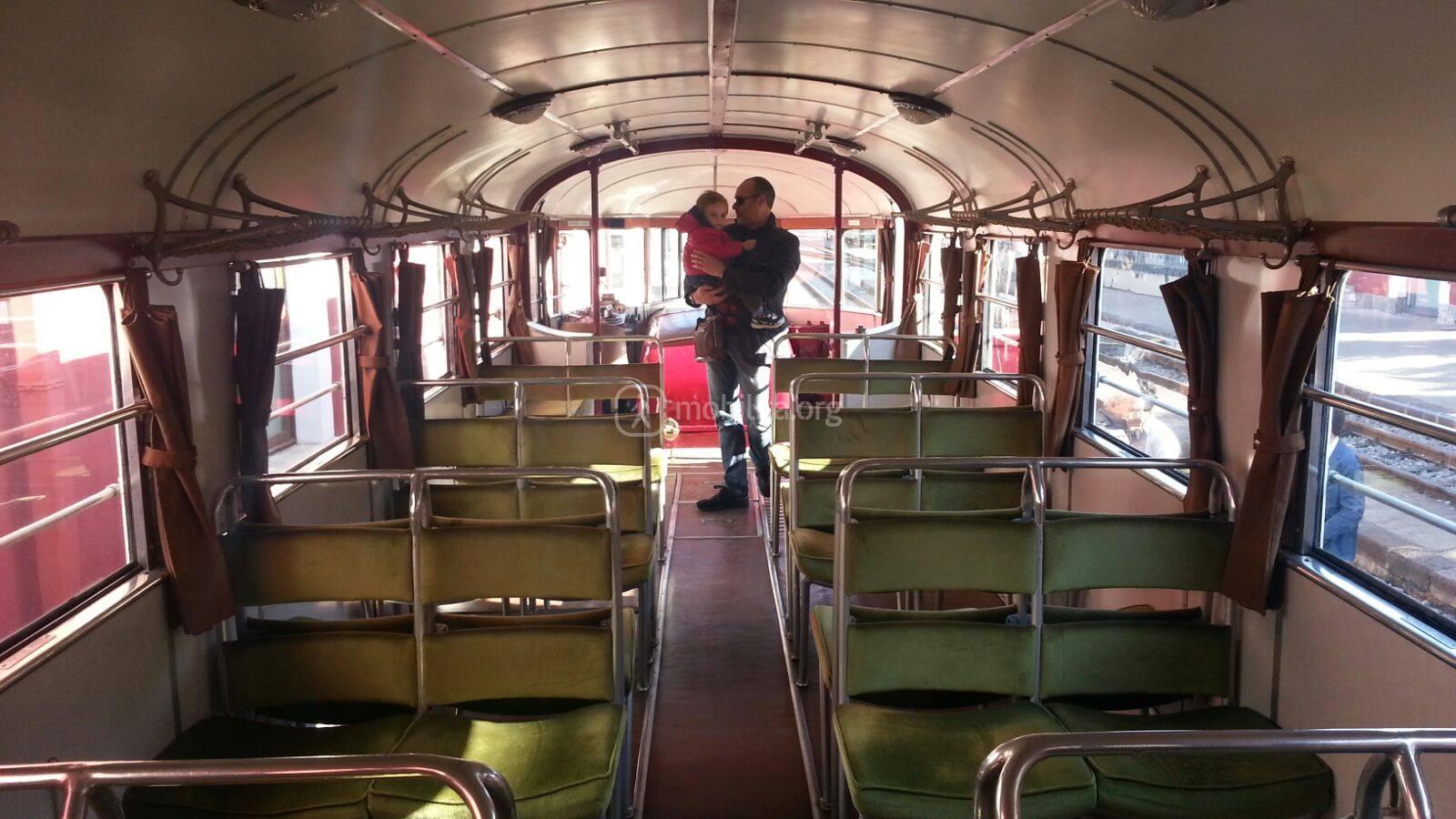


The Circumetnea Railway is a narrow gauge railway that connects Catania with Riposto, completing the circumnavigation of Etna and passing through various Etna foothills. It is managed by the local public transport department of the Ministry of Infrastructure and Transport which is also in charge of the management of the Catania metro and of supplementary and suburban automobile services.

The project of a railway that would climb up the flanks of Etna up to Bronte had started from the circular issued on 20 September 1870 by the president of the "provincial commission for the study of railway lines in the province of Catania", Salvatore Majorana-Calatabiano, with the preliminaries for the creation of a consortium between the municipalities interested in a railway that, starting from the Bicocca station, went up to Paternò, Licodia, Biancavilla and Adernò up to Bronte.

The approval in 1879 of law 5002 ("Baccarini law") accelerated the implementation of proposals on impulse by the province and Chamber of Commerce of Catania and by the municipalities of the interested Etna foothills for the creation of a real economic railway system and narrow-gauge that provided in addition to the route, which later will be that of the Circumetnea, up to Adernò (Adrano) also the creation of a junction in the aforementioned station with a railway to Leonforte and Nicosia and one to reach the already existing Messina- Catania.

The discussions between oppositions and requests for variants led to the abandonment of the continuation project on Giardini in favor of reaching Giarre-Riposto. However, the first act of official recognition came only with the royal decree of 31 December 1883 and, for the concession of the works by the then Minister of the Treasury, Giovanni Giolitti, it had to wait until 23 May 1889.

On February 2, 1895, the Catania-Adernò section came into operation (Adrano since 1929) and the others soon after. On 10 July 1898 the section from Riposto to the port of Catania was entirely passable with steam traction and a maximum line speed of 27 km / h. 22 bridges and viaducts, 6 tunnels as well as numerous annexed works such as stations, sheds and roadside houses had been built in a fairly short time. The traction was entrusted to a 0-3-0 wheel arrangement steam locotender; the locomotives, twelve in number, each received a name chosen from the most important localities crossed.

The activation of the railway allowed the centers of Adrano, Bronte, Maletto, Randazzo and Linguaglossa to be able to free themselves from an isolation that had lasted for centuries. Edmondo De Amicis made a journey there at the beginning of the twentieth century, the story of which remains in the work «Memories of a trip to Sicily». On May 30, 1911 the Royals of Italy, Vittorio Emanuele III and Elena of Montenegro traveled on the line.

In 1937, in a period of self-sufficiency, 6 Fiat railcars of the type ALn 56 (called Littorine) of national manufacture were purchased and put into service, characterized by economy and low operating costs as well as by a decidedly higher commercial speed which halved the travel times. The Littorina, which replaced the first steamers of the late nineteenth century, will particularly mark the history of the railway, so much so that the little train of the Circumetnea is still called by the older people or by the people of the places crossed in "Litturina".

At the end of 1943 the Circumetnea was seriously damaged by the fighting that had entirely involved it, during the advance of the Allies, with the passage of the front to the south and north of Etna whose war operations had destroyed vehicles and plants.

The very serious difficulties faced by the operating company (which had in the meantime changed its name to "Società Etnea di Lavori Pubblici", SELP), ascertained by an official investigation, prompted the Ministry of Transport to revoke the concession, by decree of January 14, 1947, n. 2051 and to establish the government commissioner management. In 1954, two 52-seater railcars (AL 541 and 542) and two trailers (R 551 and 552) with bogies were purchased from the Officine Ranieri in Rome.
Circumetnea Railway - Giarre Station
Address: Via Stazione Circumetnea, 95014
Phone: +39095932181
Site:
https://www.circumetnea.it/Location inserted by
OM